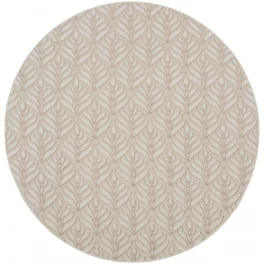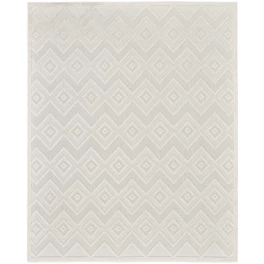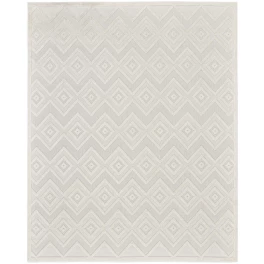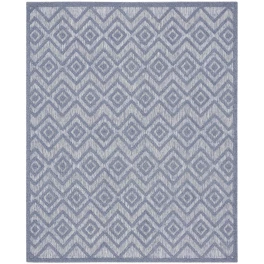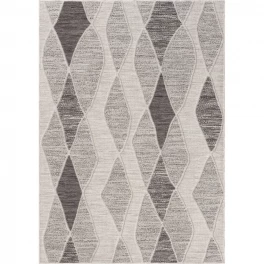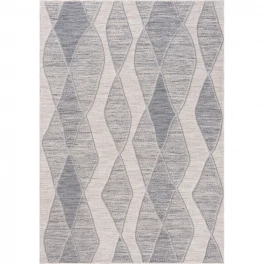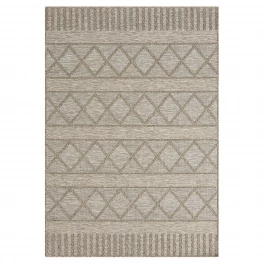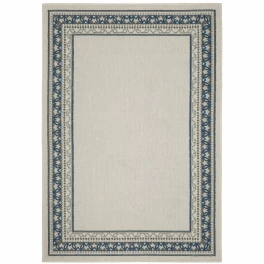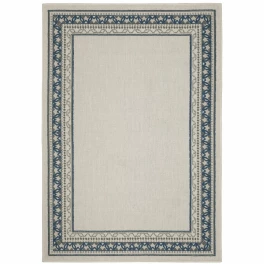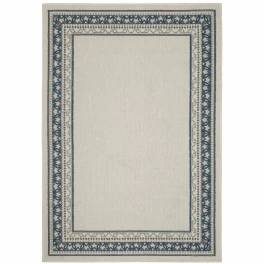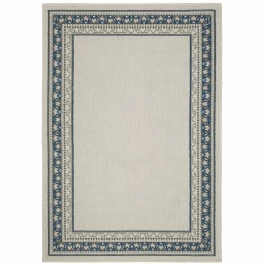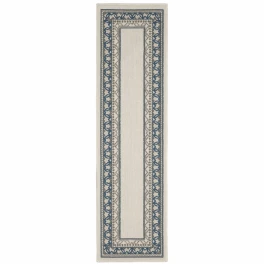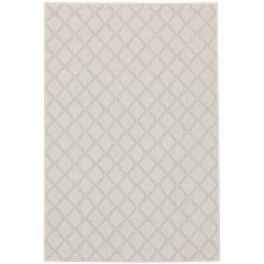Moist air is great if you’re sitting on a tropical beach sipping on a boat drink, or you’re trying your hand at some easy indoor gardening, but it’s not something you want lingering in your home on a daily basis. Too much moisture fuels the growth of many forms of harmful bacteria and mold and can stir up unwanted allergens — all of which negatively impact your family’s health.
While it’s absolutely impossible to eradicate all humidity from a house, particularly if you live in moisture-rich areas like the Pacific Northwest and Southeast, all that damp air is definitely manageable if you have the right tool: a dehumidifier. A dehumidifier really is the perfect tool to help ventilate your home!
The key to choosing a humidifier all revolves around one main variable: size. How to pick a dehumidifier size is the simple most important thing to consider when shopping around. Here’s how to pick the best dehumidifier for your home.
What is a Dehumidifier?
First, let’s tackle the basics. What is a dehumidifier?
A dehumidifier is an appliance that removes moisture from the air. These machines range in size from small for the average-sized bedroom or bathroom, to gigantic for areas such as commercial and public spaces. A dehumidifier works at removing humidity because it contains refrigerated coils. As moist air travels through the appliance, it condenses on those refrigerated coils, effectively ridding it from the space.
The water collected from the coils is either collected in a basin compartment or plumbed into an existing water line.
For most dehumidifier models, you simply plug in the unit, adjust the desired humidity level, and then empty the water basin as needed. Relative humidity of 40% is adequate to avoid moisture-related health and wellness complications, although this percentage may be raised slightly as the outside temperature increases.
The Bottom Line: Whereas a humidifier adds humidity to the air, a dehumidifier removes it.
Calculating the Right Size Dehumidifier
Choosing the right size dehumidifier is the simple most important thing to do when purchasing this handy appliance. Instead of just winging it and buying the unit that’s on sale, use this dehumidifier guideline.
Keep in mind that “pint”’ refers to the amount of moisture the appliance removes on a 24-hour basis.
Moderately Damp: Moisture is present during humid weather days.
- <1,000 square feet: 10-pint dehumidifier
- 1,001 square feet to 3,000+ square feet: 30-pint dehumidifier
Very Damp: Moisture is present on a daily basis. Mold and other tell-tale signs of humidity are sometimes visible.
- <1,000 square feet: 12-pint dehumidifier
- 1001 square feet to 3,000 square feet: 30-40-pint dehumidifier
- >3,000 square feet: 50-pint dehumidifier
Wet: Moisture is always apparent. Small pools of moisture puddle on floors, counters, and on walls.
- <1,000 square feet: 20-pint dehumidifier
- 1001 square feet to 3,000 square feet: 40-50-pint dehumidifier
- >3,000 square feet: 50-pint dehumidifier
Very Wet: Moisture is inherent, such as in pool areas, saunas, and other saturated areas.
- <1,000 square feet: 30-pint dehumidifier
- 1001 square feet to 3,000 square feet: 50-70-pint dehumidifier
- >3,000 square feet: 90-pint dehumidifier
Dehumidifier FAQ
What size dehumidifier is good for a basement?
When selecting a dehumidifier for a basement space, consider the square footage of the room and the amount of moisture in the space. Then use the guidelines outlined above. In most cases, a 1,000-square-foot basement that remains very damp requires a 30-pint dehumidifier.
Where can I buy dehumidifiers near me?
Dehumidifiers are sold at home improvement stores and many large big-box stores throughout the United States and around the world. Once you find a size, make and model that suits your purposes, perform a quick online search to ensure you’re getting a good price.
Should I purchase a dehumidifier with a pump?
Dehumidifiers often come with accessories such as a pump or hose. A dehumidifier pump or hose drains all the collected moisture right into your home’s sump pump, meaning you don’t have to worry about draining the basin once a day.
What is the average dehumidifier price?
The price of dehumidifiers varies greatly from one size and model to the next. Smaller models average between $150 to $300, whereas 90-pint dehumidifiers for very wet areas can easily set you back $1,000 or more. Keep in mind that these appliances also operate on electricity, and can cost around $100 or more to operate annually. Weigh the pros and cons of each model, consider the costs of any moisture damage that could occur without a humidifier, and then make a decision based on these factors.
Whether your moisture problems are miniscule or massive, having a dehumidifier on-hand is almost always a good idea! Consider the size of your space and the average humidity of your home, to determine the right size for you. Then, narrow down your choices, such as brand and accessories and get shopping.




